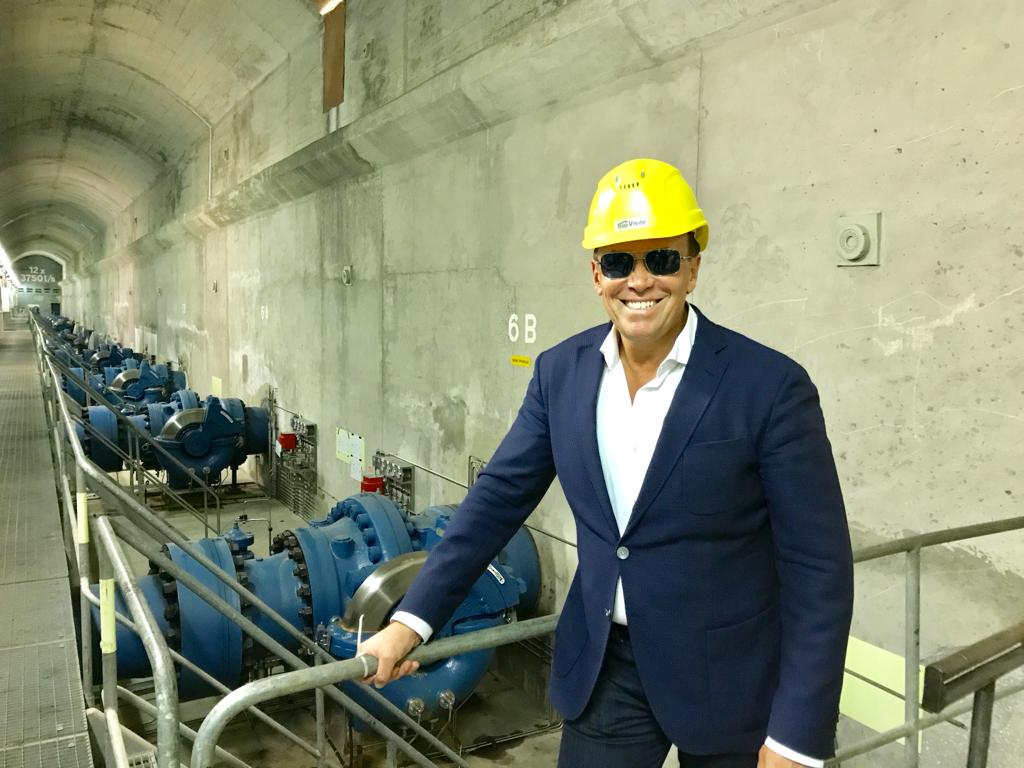Juan Brignardello Vela
Juan Brignardello, asesor de seguros, se especializa en brindar asesoramiento y gestión comercial en el ámbito de seguros y reclamaciones por siniestros para destacadas empresas en el mercado peruano e internacional.




In recent days, the region between Santorini and Amorgos has experienced a notable increase in seismic activity, raising concerns among residents and local authorities. According to Professor Kostas Papadopoulos, a prominent figure in the study of earthquakes, the area has recorded several tremors, the most significant being a 4.5 magnitude quake. These events have intensified scrutiny and precautionary measures, especially given that tremors exceeding a magnitude of 3.5 have become more frequent. Professor Papadopoulos emphasized that the seismic activity is tectonic and not directly related to volcanic activity within the Santorini caldera, where the volcano has been monitored closely since September 2024. However, he acknowledged that the risk level has escalated compared to earlier assessments due to the increasing frequency and magnitude of the quakes and a noticeable shift in their epicenters toward the northeast. In response to the rising tremors, the Seismic Risk Committee has implemented several precautionary measures, including the closure of schools and restrictions on public gatherings in enclosed spaces throughout Santorini. These steps aim to ensure the safety and well-being of residents while the situation is closely monitored. Further clarification was provided by Professor Kostas Papazachos from the Aristotle University of Thessaloniki, who stated that the seismic swarm occurring in the Anydro Basin is separate from the volcanic activity in the Santorini caldera. He noted that while both tectonic and volcanic activities share underlying geological forces, they are evolving independently at this time. The current seismic activity is occurring far from the Kolumbo volcano, which has a distinct seismic profile that differs significantly from what is being registered in the Anydro Basin. Questions have arisen about whether the simultaneous occurrence of these seismic phenomena could indicate a potential awakening of the Kolumbo volcano. However, experts assert that the tremors in Anydro are characterized by classic tectonic movements and do not suggest imminent volcanic activity. Geological data supports the notion that the Santorini and Kolumbo volcanic systems operate independently, with no current indicators pointing to a simultaneous activation of both. Despite the heightened seismic activity, some experts, including seismologist Akis Tselentis, have sought to reassure the public. Tselentis stated on social media that while the earthquakes are indeed tectonic, they are not a cause for immediate concern. He compared the current situation to previous seismic-volcanic unrest events, such as those in 2011-2012, which ultimately did not lead to an eruption. He emphasized the importance of the civil protection committee's assessment, which reported no significant danger at this stage. As authorities continue to monitor the situation, they remain vigilant and ready to reassess their approach as necessary. For now, experts encourage residents to stay informed and prepared, even as they emphasize that the current seismic activity, while notable, does not yet signal a major disaster on the horizon.